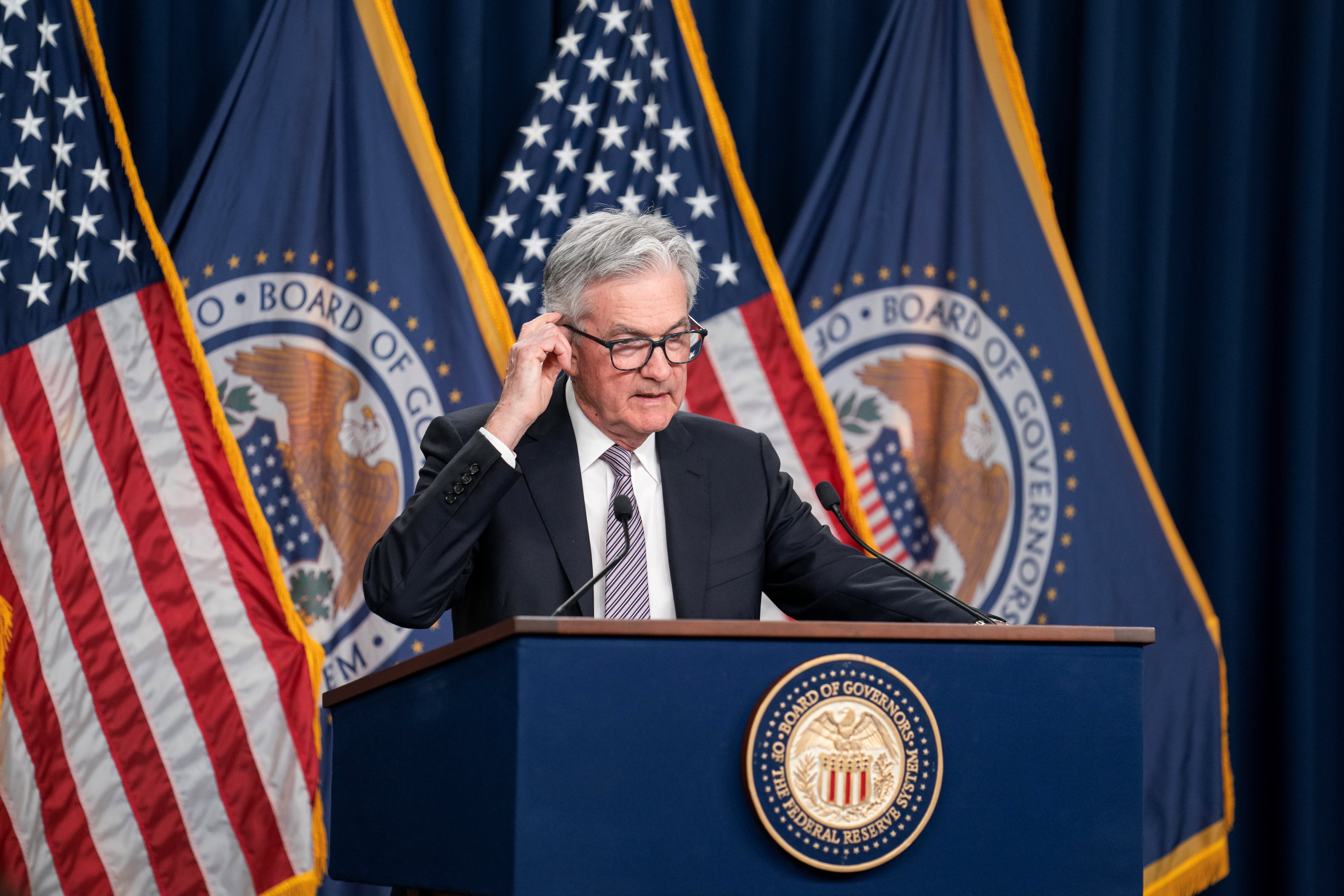
Inflation eased in April, with housing prices cooling for the first time in over two years, in the latest sign the Federal Reserve may be able to pull back on its policy of aggressive interest-rate hikes — perhaps, clearing the way for equities to soar higher on this year’s gains. The U.S. consumer price index (CPI) climbed by 4.9% year-over-year last month, the slowest rate of annual inflation as measured by the index since April 2021, the Labor Department reported Wednesday. That figure was slightly below market expectations for a 5% annual increase, according to Dow Jones, and a decline from March’s 5% rate. Most notably, shelter inflation — the chart below measures the annual rate of CPI shelter inflation — slowed for the first time since February 2021. At 8.1%, it still remains at an elevated level not seen since June 1982. But the fact that it finally slowed after accelerating for over two years should provide investors with hope that the rate of increases for housing costs may have peaked. If future data bears this out, it would be a material milestone in the Fed’s war on inflation. The central bank last week announced its 10th rate hike in just over a year, while hinting it could pause further increases going forward. Stocks mostly reacted positively to the CPI news, with Big Tech helping push up both the S & P 500 and Nasdaq Composite in afternoon trading Wednesday. The indices have climbed by more than 8% and nearly 19%, respectively, year-to-date. Shelter is a key inflation metric for two reasons. Firstly, it represents over 34% of the CPI index, so a sticky number is going to keep overall inflation elevated, even if there’s disinflation or deflation elsewhere. Secondly, housing punches above its weight due to the other goods and services connected with buying or renting a new home. Moreover, if housing becomes relatively affordable again over time, it could allow for new construction projects to address the current supply shortage, boosting overall economic growth. At the same time, transportation costs are also moving in the right direction. The price of used vehicles declined 6.6% annually in April, while the cost of new vehicles rose 5.4%, a deceleration compared with the 6.1% advance seen in March. Still, while all of this is good news for stock-market bulls, Wednesday’s CPI reading does not come in a vacuum . The financial sector is tightening lending due to the ongoing regional banking fallout, fiscal policy is under pressure as politicians in Washington continue to negotiate over a debt-ceiling raise and a strong U.S. jobs report for April still showed cracks underneath the surface. Lastly, credit card data for April “presents further signs that consumer spending is softening,” with a pullback in the higher-income cohort, according to note published by Bank of America Wednesday. (See here for a full list of the stocks in Jim Cramer’s Charitable Trust.) As a subscriber to the CNBC Investing Club with Jim Cramer, you will receive a trade alert before Jim makes a trade. Jim waits 45 minutes after sending a trade alert before buying or selling a stock in his charitable trust’s portfolio. If Jim has talked about a stock on CNBC TV, he waits 72 hours after issuing the trade alert before executing the trade. THE ABOVE INVESTING CLUB INFORMATION IS SUBJECT TO OUR TERMS AND CONDITIONS AND PRIVACY POLICY , TOGETHER WITH OUR DISCLAIMER . NO FIDUCIARY OBLIGATION OR DUTY EXISTS, OR IS CREATED, BY VIRTUE OF YOUR RECEIPT OF ANY INFORMATION PROVIDED IN CONNECTION WITH THE INVESTING CLUB. NO SPECIFIC OUTCOME OR PROFIT IS GUARANTEED.
U.S. Federal Reserve Chair Jerome Powell attends a press conference in Washington, D.C., the United States, on May 3, 2023. The U.S. Federal Reserve on Wednesday raised the target range for the federal funds rate by 25 basis points to 5-5.25 percent, saying that the Fed “remains highly attentive to inflation risks.” (Photo by Liu Jie/Xinhua via Getty Images)
Liu Jie | Xinhua News Agency | Getty Images
Inflation eased in April, with housing prices cooling for the first time in over two years, in the latest sign the Federal Reserve may be able to pull back on its policy of aggressive interest-rate hikes — perhaps, clearing the way for equities to soar higher on this year’s gains.
Free America Network Articles

